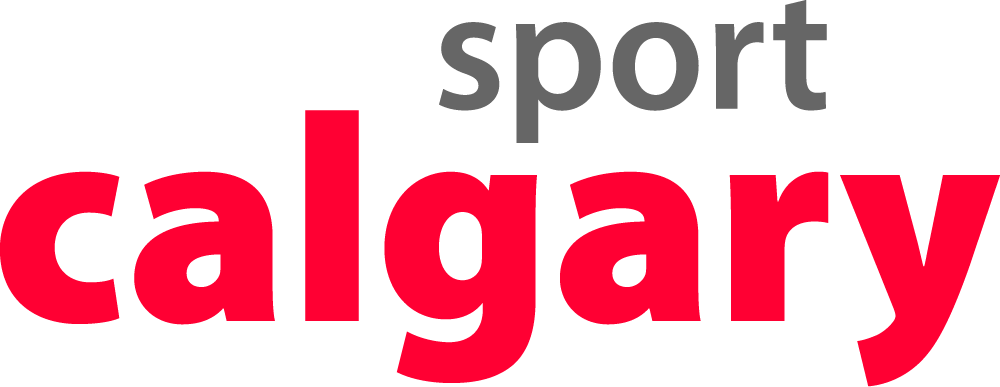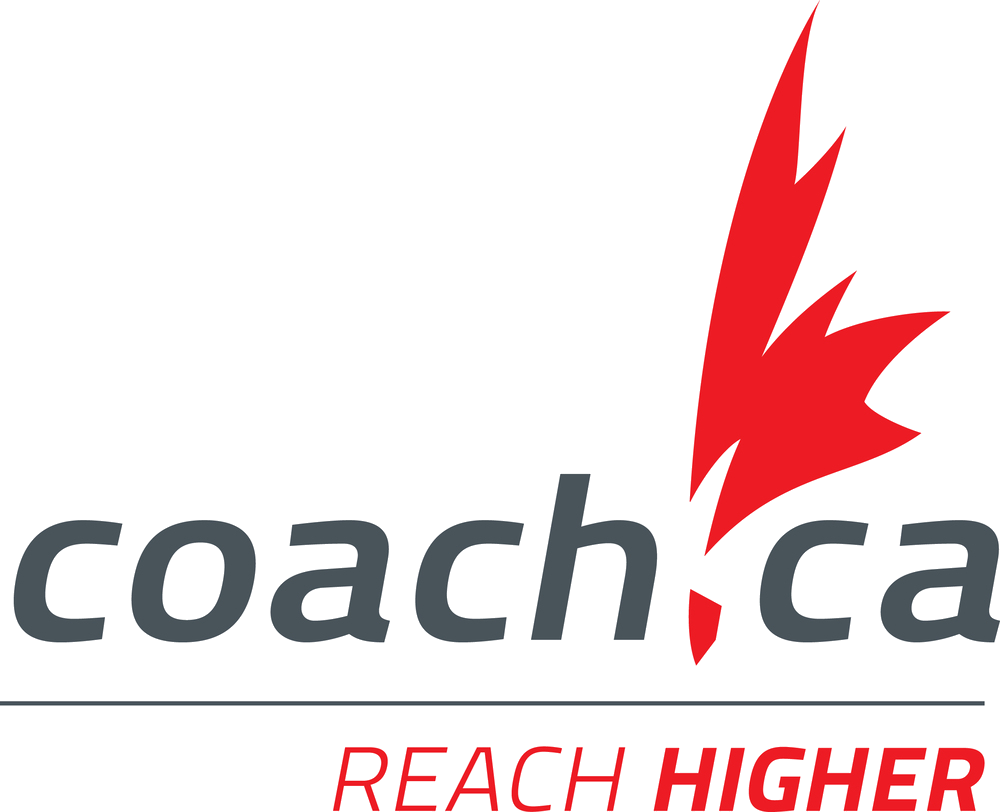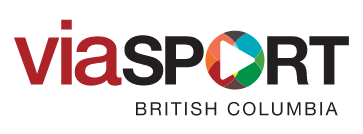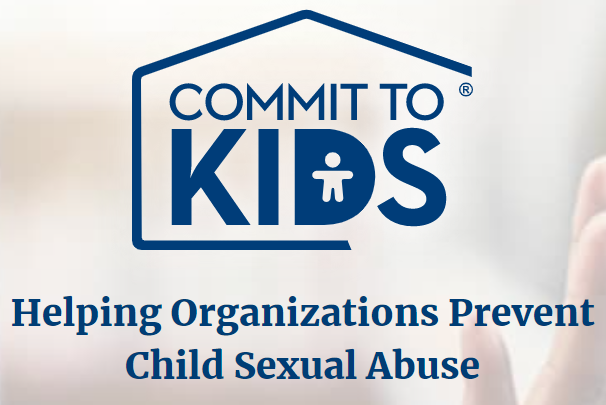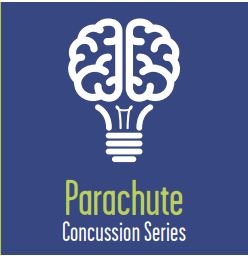SAFE SPORT RESOURCES - SPORT PARTICPANTS
Safe Sport Questions you should ask your sport organization:
-
The Universal Code of Conduct to Prevent and Address Maltreatment in Sport calls for all sporting environments to be free from physical, sexual and psychological abuse. Coaches have a responsibility to provide participants with a safe environment.
Like with parents, a coach’s behavior is of paramount importance in the development of your child. All parents have the right to talk to the coach or the coach's employer if they have questions or concerns about interactions with their child.
The club should have a safe recruitment process for hiring staff. Ask about their hiring process, what level of training their coaches have, and whether they have received Safeguarding training to work with children.
For more information visit safeport.coach.ca -
A secure sport environment is one where all coaches and sport organization leaders are screened to meet requirements to be involved in sport. Comprehensive background screening should be conducted at regular intervals to ensure that all coaches, volunteers and sport organization leaders meet important requirements to be involved in sport.
Screening includes comprehensive job postings, visible policies and processes, criminal record checks, interviews, and reference checks.
Coach.ca has further more information on the certification process. -
The Safe Sport Initiative and the Universal Code of Conduct to Prevent and Address Maltreatment in Sport (UCCMS) has mandated an enforced Code of Conduct for all Canadian Sporting Organizations.
It should be available for you to read, ideally on their website.
For more information, refer to the SIRC’s safe sport webpage.
-
The Rule of Two serves to protect minor athletes in potentially vulnerable situations, as well as the quality coaches working in our communities, by ensuring that more than one adult is present.
The goal of the Rule of Two is for organizations to always have two screened and National Coaching Certification Program (NCCP) trained or certified coaches with an athlete, especially a minor athlete, when in a potentially vulnerable situation. Vulnerable situations can include closed doors meetings, travel, and remote training environments.
-
In conjunction with the ‘Rule of Two’, sporting organizations are required to have solidified travel guidelines prioritizing there he physical and emotional safety of all athletes.
Read here for more information.
-
Individuals working or volunteering in sport are expected to uphold high standards and model behaviour that upholds public confidence and enhances healthy relationships with children and families.
It can be difficult to respond to a situation where you notice a coach and athlete relationship that appears inappropriate. Reporting inappropriate behaviour creates accountability so proper action can be taken and expectations can be re-established.
Parents or coaches who have concerns should speak with that coach’s supervisor
-
Examples of Appropriate Behavior:
→ Interactions with athletes are goal-oriented
→ Interactions with athletes are outcome focused
→ Supportive language, tone and attitude towards others
→ Model professional physical and emotional boundaries (know the line)
→ Responsive to athlete’s needs and not engaging with the athlete to meet the adult’s needs
→ Engaging with athlete in a manner that would be seen by a reasonable observer as maintaining reasonable boundaries
→ Keeping practices open to observation by parents (transparent interactions)
→ Communication with children (including electronic) is transparent and accountable and tied to job description and professional qualifications
Examples of Inappropriate Behavior:
→ Sexualized attention
→ Humiliating or intimidating children
→ Inappropriate touching of children (e.g., massaging, stroking, caressing, roughhousing, tickling)
→ Confiding or sharing overly personal information with a child (e.g., sharing financial or relationship problems) → Asking children to keep secrets
→ Treating child as an “adult” under guise of maturity
→ Creating an emotional dependency and isolating the athlete from other teammates/ staff/parents (e.g., pitting athlete against other teammates and/or against other athletic team staff)
→ Electronic communication with athletes that is personal and not directly tied to coaching duties
→ Communication that excessive, not tied to work duties or athlete goals
→ Pictures taken with personal devices or in change rooms
→ Giving athlete inappropriate gift
-
Participating in a wide selection of sporting activities helps kids gain confidence that will set them up for life.
If you and your child are unsure, or do not have a preferred sport, Sport Calgary has an amazing opportunity for you with “All Sport One Day”. They offer 100 (or more) sessions of 30 plus sports and activities for children and teenagers (ages 6 and above).
Available for free, this weekend event is held twice in summer 2022 and registration for the second weekend opens on August 10.
-
Every organization should have a named welfare officer and promote their contact details.
Well-run clubs should be prepared to listen and advise you what to do if you have any concerns. They should have information about local or national services that can also offer advice and support.
You can also call the Canada Sport Helpline at 1-888-837-7678 / 1-888-83SPORT. More information on other helpful organizations can be found at our external resources sections.
-
Take note of Canada’s Long-Term Development plan (LTD). Children, youth, and adults need to perform activities at the right time and way to develop in sport and activity.
Refer to Sport for Life for more information.
-
A parent may not think their child is susceptible to a concussion playing youth sports, but nothing could be further from the truth. The number of concussions experienced by college and professional athletes make up a very small slice of the pie when it comes to sports related concussions suffered each year.
Being aware is being prepared. Have a look at the resources linked below for more information.
Facing Concussions Head On – What Sports Parents Should Know
Canadian Guideline on Concussion in Sport
External Resources
Make it stand out
The Coaching Association of Canada (CAC) and its partners are stewards of nation-wide standards and ethics in coach education and development.
Parents want their children to learn, excel and have fun in a safe, positive environment. Visit their website for extensive information on Sport Safety for parents.
Make it stand out
VIASPORT provides a comprehensive summary of the ‘Rule of Two’. They are a British Columbia based organization dedicated to developing and realizing potential through sport — either as an athlete, coach, or volunteer.
Make it stand out
Commit to Kids is program of the Canadian Centre for Child Protection. They help child-serving organizations reduce the risk of sexual abuse and create safer environments for children in their care.
Make it stand out
The SIRC web page on the Safe Sport Initiative’s policies and procedures.
Make it stand out
Facing Concussions Head On – What Sports Parents Should Know (teamsnap)
Make it stand out
Parachute’s concussion guide for parents and caregivers.
Make it stand out
Respect Group was incorporated on April 5th, 2004 by co-founders, Sheldon Kennedy and Wayne McNeil, to pursue their common passion: the prevention of bullying, abuse, harassment and discrimination (BAHD). Respect Group is made up of a team of 30 talented individuals whose passion is to create a global culture of Respect.
Make it stand out
The Canadian Centre for Child Protection and the Coaching Association of Canada have collaborated to detail a guideline establishing a common understanding for the protection of athletes.
Make it stand out
A nationally recognized not for profit organization consisting of sport and physical literacy experts with the long-term vision necessary to be catalysts for lasting change within the sport and physical activity ecosystem and beyond.
Make it stand out
A guideline by Parachute Canada that is intended for use by all stakeholders who interact with athletes inside and outside the context of school and non-school based organized sports activity, including athletes, parents, coaches, officials, teachers, trainers and licensed healthcare professionals.
Make it stand out
Parachute’s concussion guide for Athletes.
